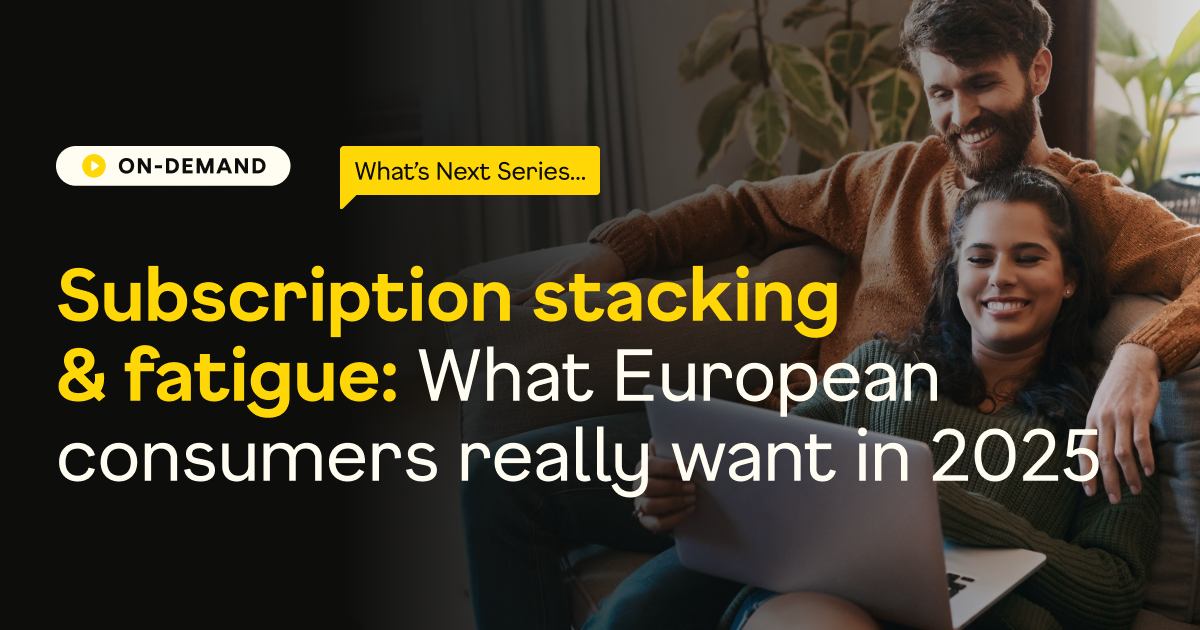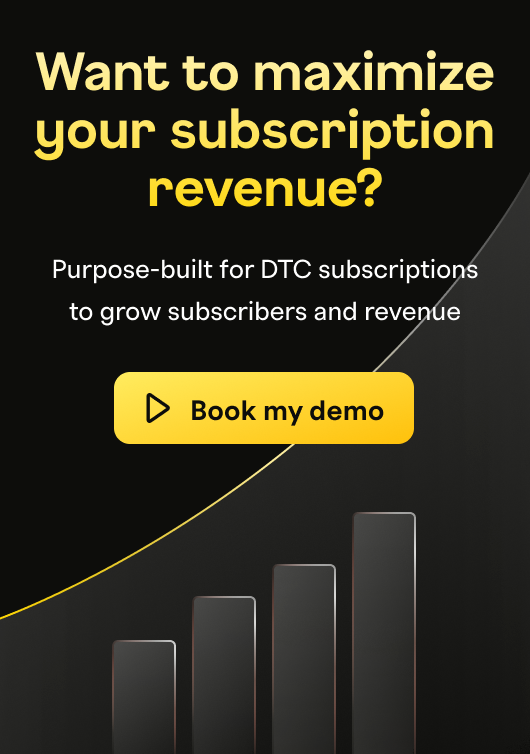Meta’s subscription move puts global agility to the test

Meta has announced a pilot programme in the U.K., allowing users to pay for an ad-free experience on Facebook and Instagram. While this move was made to follow compliance standards, Meta’s move is testing the limits of global agility. How can they optimize this ad-free channel, provide a great user experience, and meet regulation across markets? In an era of regulatory fragmentation and platform volatility, agility isn’t optional, it’s the new bedrock for companies.
The backdrop: regulation, privacy, and the shift in platform economics
Meta’s U.K. ad-free subscription isn’t happening in a vacuum. It’s being driven by evolving privacy and data regulations (ICO directives), mounting pressure on how user data is monetised, and a broader scrutiny of ad targeting practices. In markets where consent, data protection, and transparency are increasingly regulated, relying solely on ad revenue is becoming a more fragile business model.
What Meta effectively does is give users a choice (free + ads vs. paid + no ads), diversifying revenue, and testing a shift in how value is captured. If users are willing to pay for control over their experience (and privacy), the balance of power between platforms, advertisers, and end users shifts dramatically as the subscription model becomes bigger.
Platform changes, like this one for Meta, can impact acquisition, retention, and referral strategies, underscoring the need for agility.
What does global agility look like in the subscription era?
Global agility is about having the right strategy and tools to weather any storm and keep growing. This can mean multiple things like:
Localized monetisation
The ability to price, bundle, and promote differently by market
Supporting local currencies, tax regimes, and payment methods
Adjusting features or tiering to local expectations
Regulatory flexibility
Quickly responding to privacy, consumer protection, and tax changes
Adapting contracts, disclosures, and data policies per jurisdiction
Technology readiness
A billing and subscription stack that allows fast plan changes, experimentation, and proration
Self-service interfaces for subscribers to change, pause, or cancel
Payment orchestration, retries, dunning, account updater — all tuned per region
Experimentation and feedback loops
A culture of testing local offers and messaging
Observability across markets (which plans, messages, churn metrics perform)
The ability to iterate quickly
Meta is testing whether consumers in the U.K. will buy into paying to remove ads — that’s a pricing and experience experiment. But if they succeed, Meta must scale that model to other markets with different regulations, payment habits, and consumer expectations. That’s the real test of agility.
Subscription-first businesses should take note: any “global scale” strategy that assumes every region can replicate the U.K. model will falter. Building with personalisation in mind will enhance your execution when entering new markets and introducing new products.
Lessons from Meta for subscription businesses
What can subscription businesses learn from watching Meta’s move?
1. Platform shifts happen — don’t be surprised, be prepared
Companies evolve. They change algorithms, ad rules, privacy policies. If your growth or revenue is overly dependent on one platform (e.g. social, ads, affiliate channels), you're exposed. Meta’s subscription test is a reminder that major platforms may gradually shift from being free ad vehicles to hybrid monetisation platforms. Owning your billing, customer relationship, and retention logic gives you flexibility to respond. You don’t have to be reactive to your evolving platform models.
2. Regional differences create friction, don’t let it
What works in the U.K. might flounder in Germany, India, or Brazil. Payment methods, trust perceptions, pricing sensitivity, and regulatory constraints all differ. Meta must test whether subscription adoption in more regulated or price-sensitive markets hold. You need a system that supports multi-currency billing, tax compliance, local payment options, and plan mutation. You can test market-specific offers confidently without reinventing core infrastructure.

3. The value proposition must go beyond removing ads
If users pay, they expect more than just fewer ads. Most users will expect a premium experience. Faster load times, no tracking, exclusive features, better privacy guarantees. Meta will need to balance the freemium model they’ve been running on for years against the perceived expectations of a subscription.
Subscription businesses should always ask: what suite of value (not just ad removal) will keep users paying?
4. Billing infrastructure is strategic, not just operational
Meta is reengineering how it makes money. Likewise, subscription businesses that build rigid, inflexible billing stacks will struggle to pivot. Changing pricing, introducing regional tweaks, managing proration — all require an agile tech stack.
Segmented pricing, plan experimentation, usage models, automatic proration, and more strategies can help you run offers, retire plans, or localise without heavy engineering.
5. Churn risk increases when you expand
Every new region introduces new churn dynamics: new audiences, different expectations, weaker brand presence, different cancellation norms. If payment failure rates or dunning performance differ by market, that can erode margins. So you need to fine tune your dunning, retry logic, gateways, and analytics to track recovery performance globally. All of these become more critical when scaling.
6. Use data to guide region-specific adjustments
Meta’s success or failure in the UK will yield data: which cohorts convert, which price points stall, what retention behaviour looks like. Subscription businesses should replicate that feedback loop per region. With the right analytics and segmentation, you can compare metrics like conversion, retention, churn, involuntary churn, and more while fine tuning your strategy.
Agility is the future
Recurly stands beside those builders. Our platform is built for global scale: flexible pricing, local payments, tax compliance, recovery logic, and analytics that give you the insights to iterate. Whether you’re adding one market or a dozen, you don’t have to reinvent your monetisation stack each time. You need infrastructure that’s ready for change — in markets, regulation, and consumer expectations.
Sign up for our newsletter and get the insights to stay ahead.

